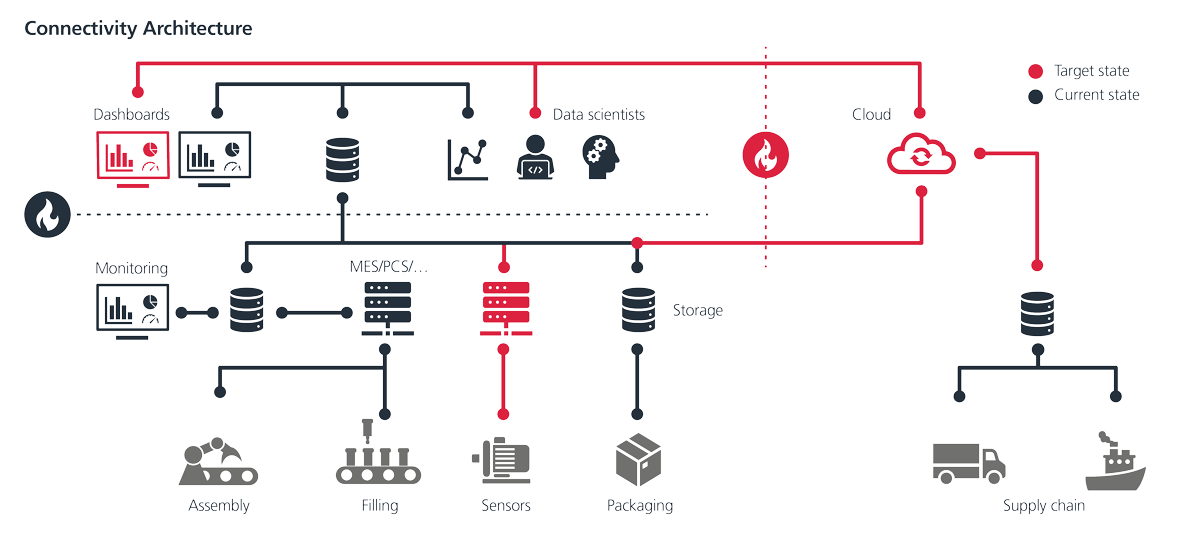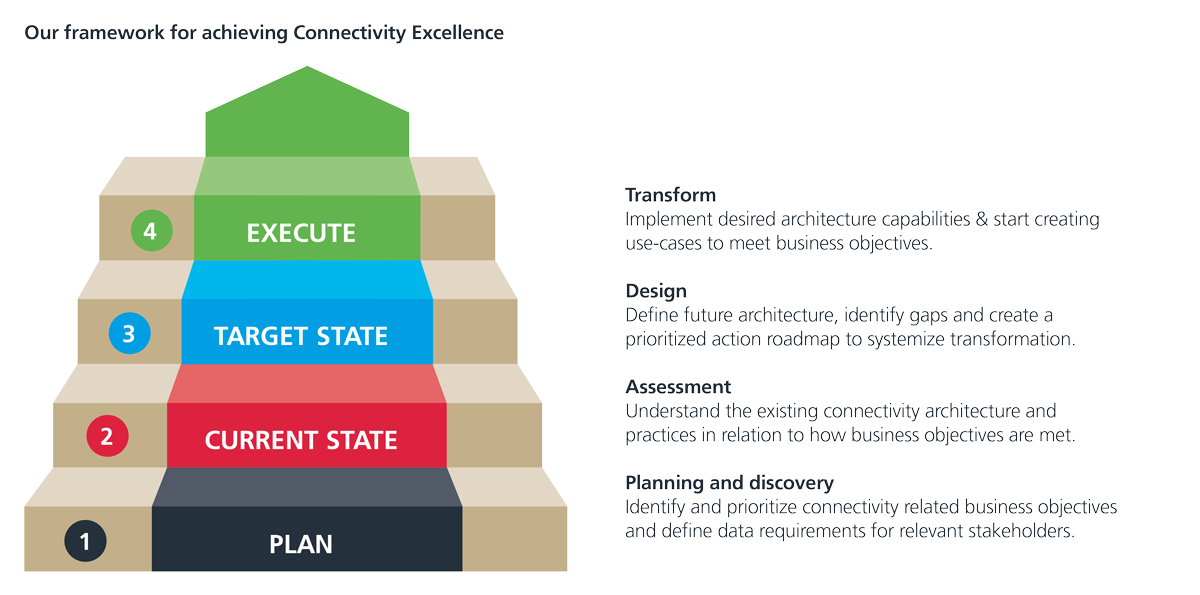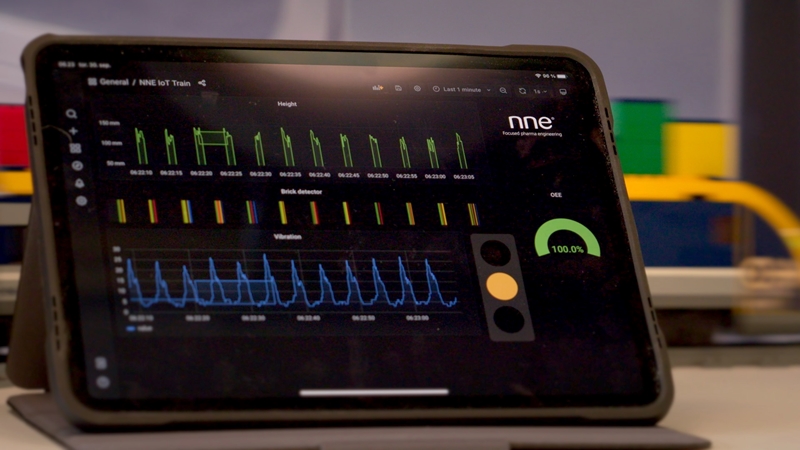Data is becoming increasingly complex across the pharma manufacturing world and the need for a solid data strategy is vital. Manufacturing intelligence, therefore, is a great way for companies to utilise the vast amounts of data generated by their production facilities.

Modern manufacturing intelligence and moving data into the cloud has been discussed in previous TechTalk articles. But before leaping into the cloud, companies need to take a step back and look at the broader picture.
First, we need to understand the questions we are trying to answer with our data. Starting well means taking a thorough look at the entire facility. This not only means your hardware and software, but also your business strategies and business goals to create a proper value stream where the flow of data governs business objectives. Ultimately, pharma manufacturing intelligence transformation is lost without direction.
Second, a question that often emerges when discussing manufacturing intelligence is “How do we enable the flow of the right data?” To do this, you must first map the connectivity in the architecture of your facilities and identify the gap between your current state and your desired target state.

Then, when you are ready to move towards your mapped out future state, it is advantageous to rely on proven frameworks. TOGAF in conjunction with ISA-95, for example, pinpoint areas with shortcomings and use templates to plan upcoming work. Depending on the scale of the project, this framework can be scaled down to produce rapid results in weeks.
So, how exactly can you outline this map and improve your data connectivity? Below we outline the four-step process for implementing your desired data architecture to meet your business goals.
Planning and discovery
Improving your data connectivity is a four-step process. The first is a planning sprint, which results in a prioritized list of data related business objectives and a set of requirements for the data you need to support these goals. In larger scale projects, this phase should be extended to also review a company’s data strategy, and aligns the focus for connectivity within the company long-term.
When planning your data connectivity transformation, it is important to know which questions you want your data to answer and how to prioritize them. To do this well, this initial phase should be facilitated through a series of technical and managerial workshops to outline a list of requirements, including competencies, process, compliance and data usage. Case examples are also very useful in these workshops, both for inspiration and to list possible business objectives that could be answered using data.
Finally, the application of data can be arranged on a scale of Manufacturing Intelligence maturity, ranging across:
- Enhanced data insights
- Advanced visualizations
- Autonomous optimization of Artificial Intelligence and Machine Learning (models that self-optimize production).
 Current state - Assessment
Current state - Assessment
Finding out how to reach your target state begins with an analysis of your current state. A series of workshops and interviews with managers, system and process owners and operators help map out how you currently use your data. In conjunction with other fieldwork methods, such as a digital line walk where documentation and interfaces for existing OT/IT systems are analysed, a full system mapping highlights if you are ready for manufacturing intelligence. This covers all perspectives of gaps and issues while revealing easily attainable business opportunities.
Target state – Design
The third step involves mapping the target state of the connectivity architecture. This helps you reach the objectives identified in the first phase.
Often, multiple versions of the target state are mapped out to evaluate different levels of optimized architectures. These include alternative considerations to the constraints of the system. In doing so, you evaluate and select a minimum number of changes to reach your goals and move towards a fully optimized architecture.
In addition, by drafting an optimized version of your target architecture, you can start with small changes that will support future iterations towards fully enabled connectivity.
When mapping the target state, it should be clear exactly what needs to be done to reach your goal. For example, you should know:
- What your data needs to enable
- The source systems identified by individual components
- The criteria for your data architecture to reach your desired requirements for harmonization and availability, integrity, security and compliance.
Execute – transform
Finally, there is execution. Here you will implement the changes planned out in previous phases and start making use-cases to meet business objectives. You should prioritise projects according to cost and benefit, decide on the technology you wish to use for missing interfaces, aggregate and contextualise your existing data sources and set a timeline for project execution phases.
Overall, by dividing your data connectivity transformation into four distinct phases, you can see rapid results in just a few weeks. For more information on manufacturing intelligence and advice on getting started, please contact Per Bovbjerg at Pbov@nne.com.



